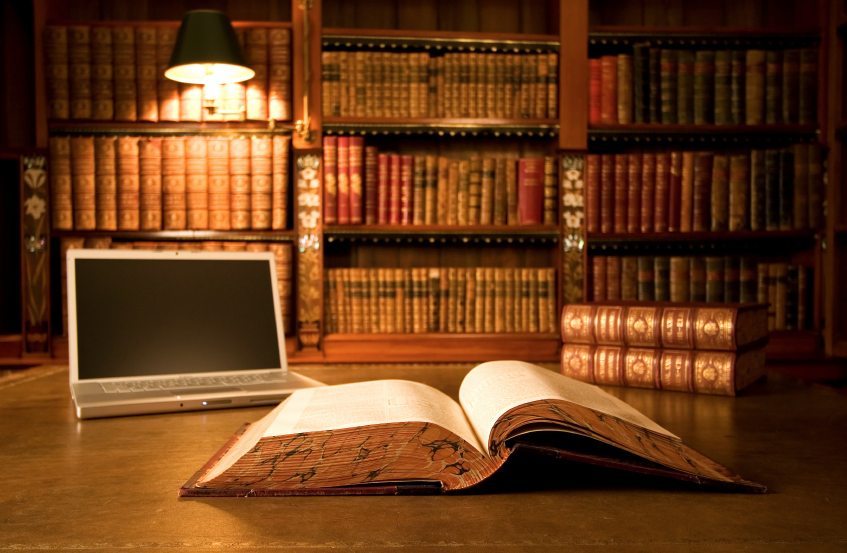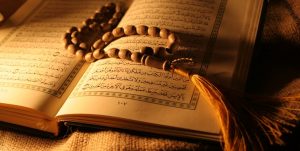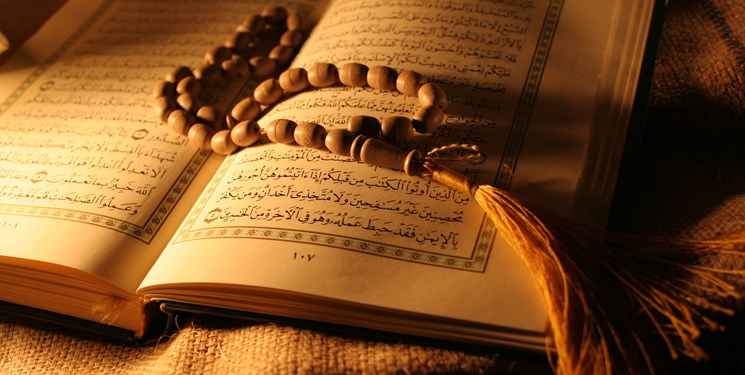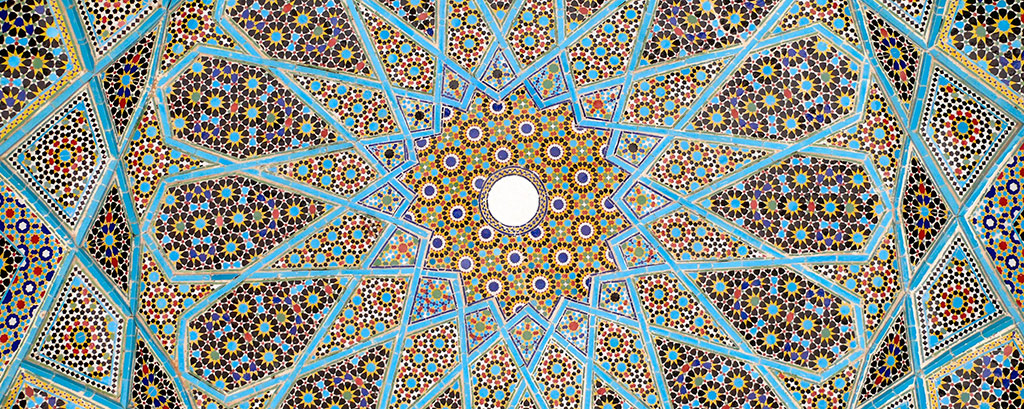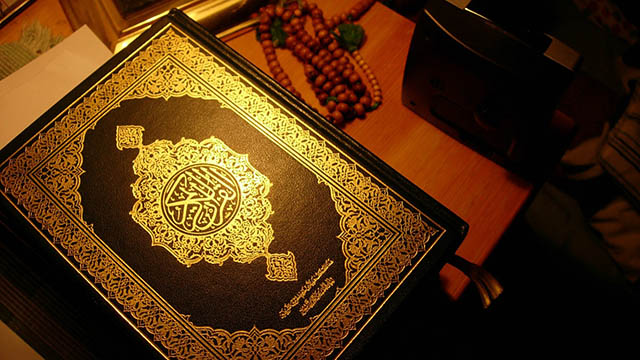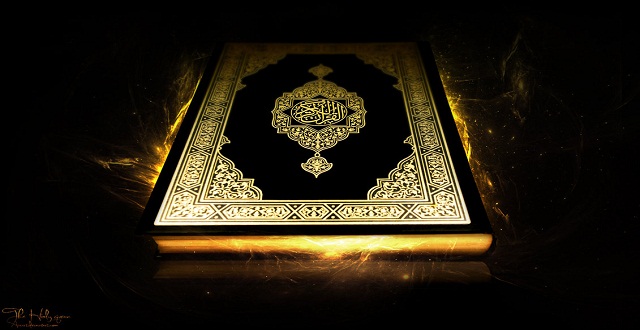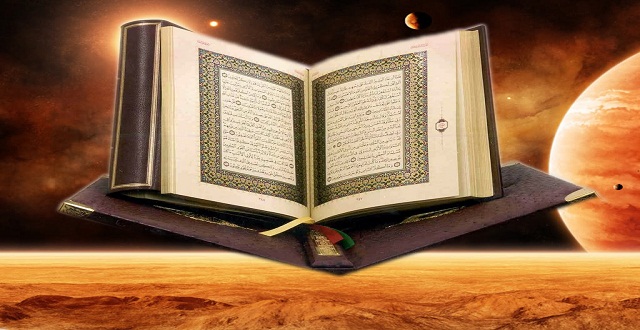 The Quran has explained the creation of man and his origin using different words and phrases. Some verses say that the initial material man comes from is clay. Other verses say it is water, while a third group say it is sperm. Meanwhile a fourth group says it was both clay and sperm together.
The Quran has explained the creation of man and his origin using different words and phrases. Some verses say that the initial material man comes from is clay. Other verses say it is water, while a third group say it is sperm. Meanwhile a fourth group says it was both clay and sperm together.
Nevertheless, what can be deduced from all of these verses is that man was dirt in the beginning1 a, then the dirt was mixed with water making it clay 2, then the clay became foul-smelling 3, after that it became sticky 4, then turned into dry clay 5 and finally life was breathed into it.
Meanwhile, scientists have two theories regarding the creation of creatures, both plants and animals:
a) The theory of evolution or transformism b) Fixism
The theory of evolution says that all forms of organisms weren’t created from the start, but certain organisms gradually evolved into ones we see today. The most complete and developed form of those early organisms is man. This theory is referred to as “Transformism”. As for the other theory referred to as “Fixism”, it says that all forms of life and organisms were created separately, denying any link and development between various forms.
Although the Quran doesn’t explain the creation of man in detail, not saying anything about the two theories mentioned above, yet what some verses slightly suggest is that the Quran’s standpoint regarding this issue is that different forms of animals and plants (especially man) were created separately, although no verse directly mentions such a matter.
The Quran has explained the creation of man and his origin in different ways; this signifies that the creation of man consisted of various steps.
a) Some verses introduce “clay” as the initial material for the creation of man. 1
b) Some verses say that man was created from “water”. 2
c) Other verses only name “sperm” as what man has been created from. 3
d) In other verses, “Clay and Sperm” together have been considered the origins of man. 4
There are two ways of explaining these verses:
1- To say that they are unveiling the way all people are created separately. For instance, when a verse says that man was created from clay, it means that clay turns into food and minerals, food and minerals turn into sperm cells and sperm turns into a fetus; meaning that clay is our “far” origin, while sperm is nearer to us and our creation.
2- To say that each of the four groups of verses are speaking of specific people and individuals. For instance, since Prophet Adam (pbuh) was the first person to be created, he was made from dirt and clay, and since all people today are descendants of Adam (pbuh) and trace back to him, and he was made from clay, it is correct to say clay is our origin as well.
Therefore, although it may seem at first sight that some Quranic verses aren’t in harmony with others on this issue, yet with a little focus one will be able to tell that there is no contradiction between them, because the truth of the matter is that some of these verses are only speaking of the creation of the first person created, Prophet Adam (pbuh). Clearly, the origin of the first person to ever be created is also considered the origin of those who were created from him; if his origin was clay, it is correct to say that all people were created from clay. This is from one perspective.
From another perspective, all people are looked at separately. Of course, this perspective isn’t in contradiction with the first, meaning that looking at the issue from both perspectives can give the same results. If we say that all people come from sperm, sperm comes from food, food comes from meat, fruit, plants and minerals, which all come from the ground and soil and dirt, then we can say that man is created from dirt, the same thing we said from the other perspective [that said we all come from Prophet Adam (pbuh) who was created from clay]. It is because of these two perspectives that some verses of the Quran are actually only speaking about Prophet Adam (pbuh) 5, while others are speaking of all people in general. In a verse, Allah (swt) says:
…I have proportioned him and breathed into him of My spirit…” 6
and in another verse, He says:
When your Lord said to the angels,” Indeed I am going to create a human out of a dry clay [drawn] from a foul-smelling mud. So when I have proportioned him and breathed into him of My spirit, fall down in prostration before him.” 7
Clearly in these verses, Allah (swt) is speaking of the story of the creation of Prophet Adam (pbuh) and how the angels were ordered to prostrate before him. One can’t interpret Adam (pbuh) as all people, because in the the verses that follow the one mentioned, Satan says:
{لَأَحْتَنِکَنَّ ذُرِّيَّتَه…}
…I will surely mislead and destroy his progeny… 8
If what was meant by Prophet Adam (pbuh) was all people, it wouldn’t make sense for Satan to say “his progeny”.
Some verses which are more general and have taken the creation of all people into consideration are:
He is the one who created man from water…” 9
or
He [man] was created from an effusing fluid”. 10
In verses like these, in which it has been stated that man has been created from water or sperm and the like, all people in general are meant.
Anyway, what can definitely be concluded by Quranic verses regarding man’s creation and origin, is that in the beginning, man was soil and dirt 11, that was mixed with water, making it clay 12, then became a foul-smelling clay 13, becoming sticky afterwards 14, and finally becoming dry clay 15b.
How long each step of the process took and what things factored into each of them is something the human mind currently has no answer to, and it is only Allah (swt) who is truly aware of the answers to these questions.
One point which needs to be kept in mind is that the Quran doesn’t explain the creation process of man in detail, because it is a book of guidance, not a science book, therefore, it shouldn’t be expected to deeply explain subjects like evolution, anatomy, embryology, etc. Of course, this doesn’t make it impossible for the Quran to sometimes make a few scientific points at the right time as well.
There are two scientific viewpoints on the creation of living organisms including plants.
a) Evolution or Transformism which says that organisms weren’t in the forms they are seen today, but were lifeless things that turned into single live cells in the oceans and seas because of certain circumstances. These tiny and invisible live organisms gradually developed into different forms of animals and plants. The most developed form they evolved to is the human being, who had descended from the same single cell as apes and monkeys have.
b) The theory known as “Fixism” which says every form of living organisms was there from the beginning (man being one of them), denying any type of evolution from one form to another.
What the Quran apparently says is that Prophet Adam (pbuh) was created from a dark clay and after his body took form, life and divine spirit was breathed into him and the angels were commanded to prostrate before him; all did so except for Satan. These verses suggest that there is no gap between the creation of Adam (pbuh) from clay and the current form humans have, and that people had this form from the start.
Conclusion: Although the Quran hasn’t directly engaged in explaining which of the two theories is correct, yet its verses suggest that the second theory is correct (of course regarding the creation of man), although once again, these verses don’t explicitly mention it.
One good reminder before closing is that man was created from two different entities; one being very high and the other very low in value. Man’s material side, which consists of reeking dark clay, is very low, while his spiritual side is very high, because it bears the divine spirit Allah (swt) has granted him.
What is important regarding this subject, is that the initial material used to create man is worthless and very low, but Allah (swt) has created such a valuable creature from it than can ascend to the highest levels of nearness to Him.
For further information, refer to:
1- Allamah Tabatabai, Al-Mizan, vol. 4 and 17.
2- Tafsir Nemouneh, vol. 11, p. 82 and on and vol. 23.
3- Mohammad Taqi Mesbah, Rahnama Shenasi.
4- Mohammad Ali Rezai, Pajooheshi dar I’jaze Elmiye Quran, vol. 2, pp. 429-564.
5- Yadollah Sobhai, Khelqate Ensan.
6- Saduq, Ilalul-Sharaye’, vol. 15, chapter 11.

